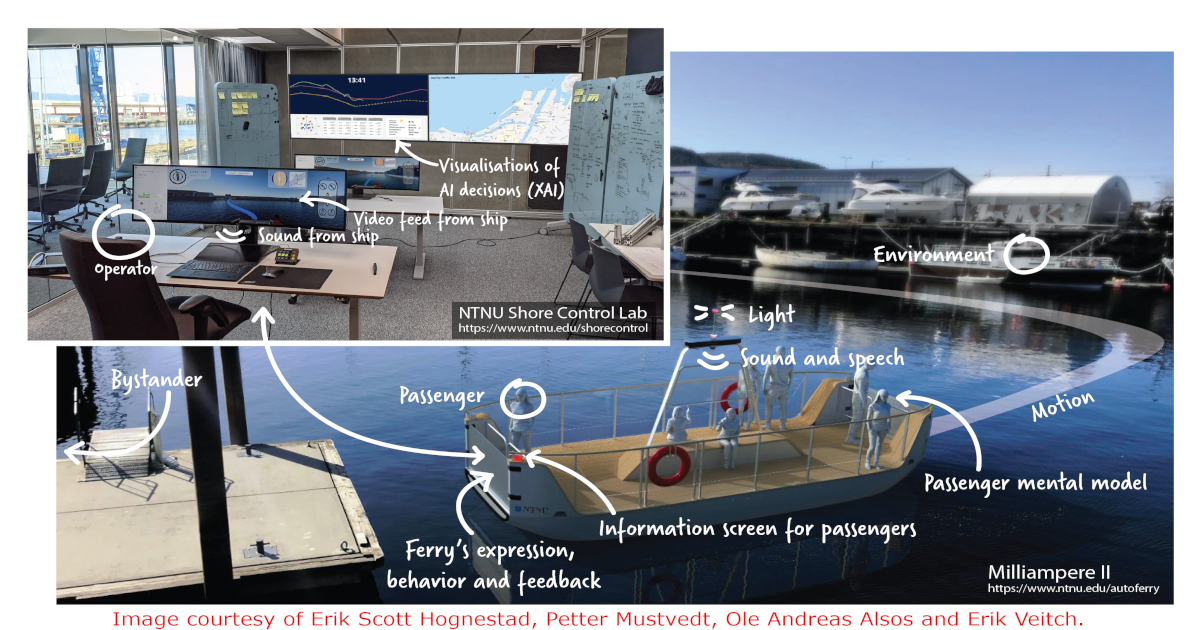Explainable AI and Evaluation of Algorithms for Autonomous Marine Vehicles
A special issue of Journal of Marine Science and Engineering (ISSN 2077-1312). This special issue belongs to the section "Ocean Engineering".
Deadline for manuscript submissions: closed (1 March 2022) | Viewed by 14306

Special Issue Editor
Special Issue Information
Dear Colleagues,
Artificial intelligence (AI) is an enabling technology for autonomous marine vehicles, including autonomous surface vehicles (ASVs) and autonomous underwater vehicles (AUVs). Algorithms such as fast marching methods, evolutionary algorithms, artificial potential fields, neural networks, reinforcement learning, and many others are becoming increasingly popular for solving problems such as autonomous path planning and collision avoidance. However, there is currently no unified way to evaluate the performance of different algorithms, for example, with regard to safety or risk. In addition, the solutions produced by the algorithms must be understood by a human-in-the loop and from a legal rights and regulatory perspective as well as by other autonomous marine vehicles.
Hence, we invite papers relating to these challenges of algorithms for autonomous marine vehicles, which may include (but are not limited to) one or more of the following aspects:
- Explainable AI (XAI)
- Simulated environments and frameworks
- Scenario generation
- Human-in-the-loop and human factors
- Physical field testing
- Performance metrics and benchmarking
- Standards, laws, and regulations, including COLREGs
- Good seamanship
- Marine traffic control
- Decision support systems
- Remote control centers
Papers involving work-in-progress, concepts and ideas, or review papers are also welcome.
Assoc. Prof. Robin T. Bye
Guest Editor
Manuscript Submission Information
Manuscripts should be submitted online at www.mdpi.com by registering and logging in to this website. Once you are registered, click here to go to the submission form. Manuscripts can be submitted until the deadline. All submissions that pass pre-check are peer-reviewed. Accepted papers will be published continuously in the journal (as soon as accepted) and will be listed together on the special issue website. Research articles, review articles as well as short communications are invited. For planned papers, a title and short abstract (about 100 words) can be sent to the Editorial Office for announcement on this website.
Submitted manuscripts should not have been published previously, nor be under consideration for publication elsewhere (except conference proceedings papers). All manuscripts are thoroughly refereed through a single-blind peer-review process. A guide for authors and other relevant information for submission of manuscripts is available on the Instructions for Authors page. Journal of Marine Science and Engineering is an international peer-reviewed open access monthly journal published by MDPI.
Please visit the Instructions for Authors page before submitting a manuscript. The Article Processing Charge (APC) for publication in this open access journal is 2600 CHF (Swiss Francs). Submitted papers should be well formatted and use good English. Authors may use MDPI's English editing service prior to publication or during author revisions.
Keywords
- autonomous surface vehicle (ASV)
- autonomous underwater vehicle (AUV)
- explainable artificial intelligence (XAI)
- algorithm
- path planning
- collision avoidance
- evaluation
- safety and risk
- simulator
- human-in-the-loop





